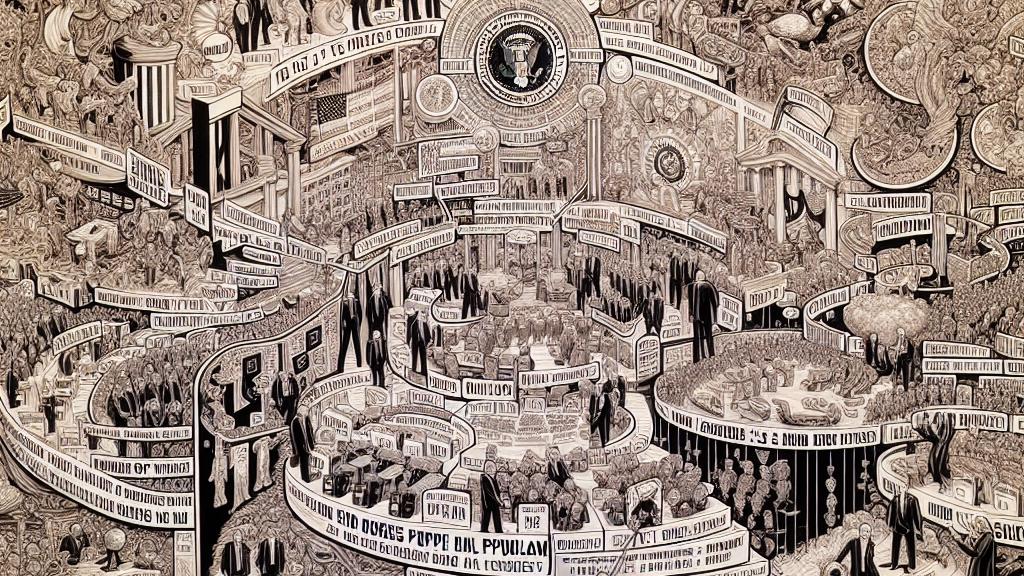Decoding the U.S. Presidential Election Process: Insights and Predictions
Overview
- The U.S. presidential election employs the fascinating Electoral College, composed of 538 electors.
- Polling is critical for understanding voter sentiment but is often plagued by biases and uncertainty.
- Key battleground states, such as Arizona and Pennsylvania, hold tremendous influence over election outcomes.

The Electoral College: A Unique System of Indirect Democracy
At the core of the U.S. presidential election is the Electoral College, an intricate system with 538 electors, each representing a battleground in the American political landscape. To win the presidency, a candidate must garner at least 270 electoral votes, which can lead to unexpected twists. For instance, consider the 2016 election when Hillary Clinton won nearly 3 million more popular votes than Donald Trump. Despite this, Trump's victories in critical states like Wisconsin, Michigan, and Pennsylvania ensured his ascent to the presidency. This paradox reflects the unique nature of American democracy, illustrating that the road to public office is not always a straightforward reflection of voter preference.
Polling: A Crucial Yet Flawed Predictor of Electoral Outcomes
Polling is an essential tool for gauging public opinion and predicting electoral outcomes, yet it operates within a web of complexities. Different organizations conduct polls across the nation, capturing a myriad of voices—from young voters to senior citizens. However, it's paramount to approach these numbers with skepticism, as biases can skew results based on sampling methods and adjustments for demographics like age and ethnicity. For instance, during the 2020 election cycle, countless polls predicted a decisive victory for Biden, only to reveal shocking closeness in states like Florida and North Carolina. This disparity underscores the importance of understanding that polling is not foolproof; it offers snapshots that can rapidly evolve, especially in fluctuating political climates.
Battleground States: The Crucial Players in the Electoral Arena
As the 2024 presidential election approaches, focus sharpens on crucial battleground states—often termed ‘swing states’—where political allegiances can swing dramatically. Arizona, Georgia, and Pennsylvania stand out as bellwethers for national trends. In 2020, for instance, Biden's victory in Georgia was historic; it marked a significant shift in a state that had favored Republicans for decades. Both candidates are investing significant resources in these states, tapping into a range of strategies: from grassroots campaigning to high-profile celebrity endorsements. Such concerted efforts reflect the high stakes involved, as victories in these pivotal states can effectively decide the fate of the election, demonstrating the dynamic interplay of local issues and national narratives in shaping voter behavior.

Loading...